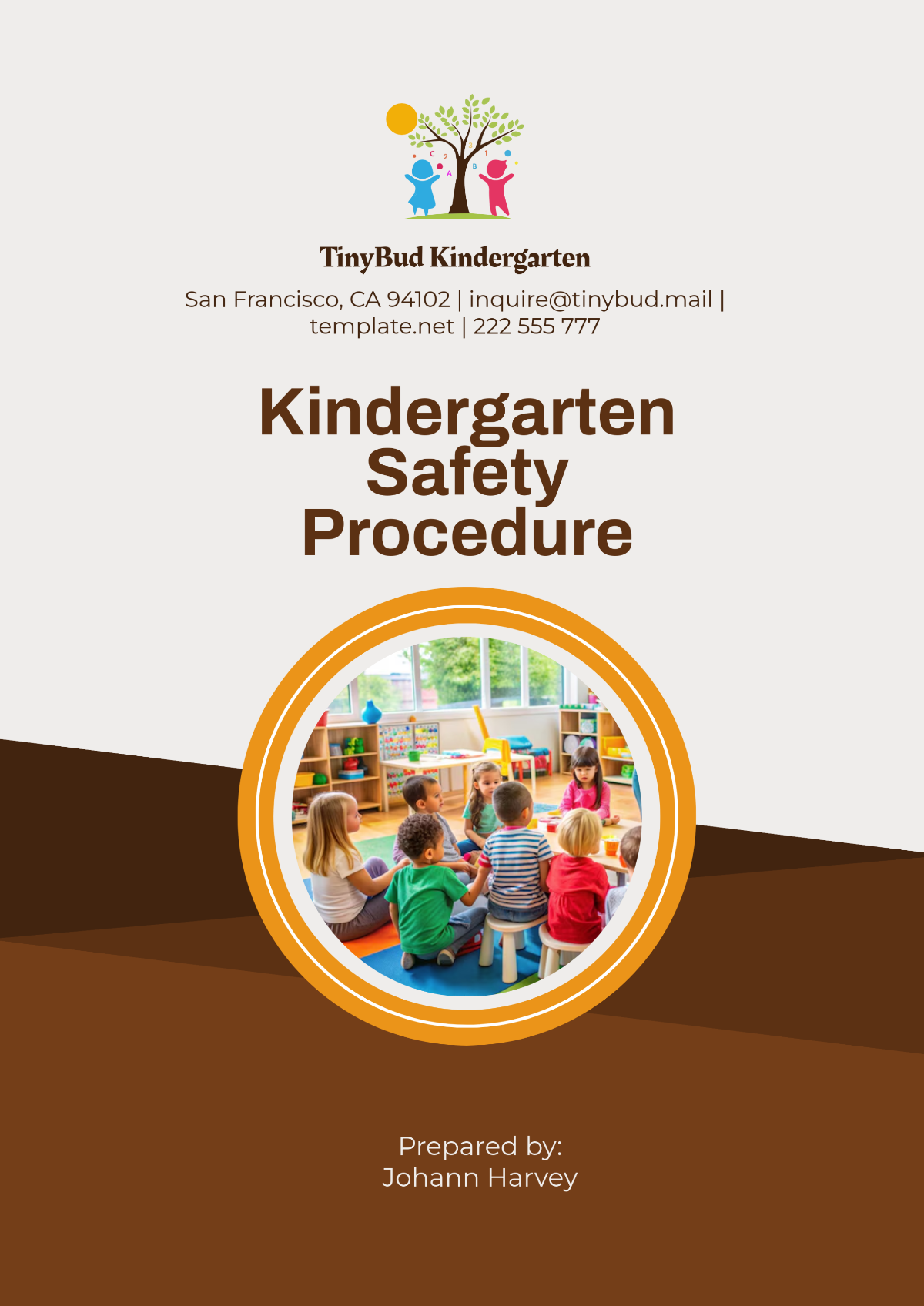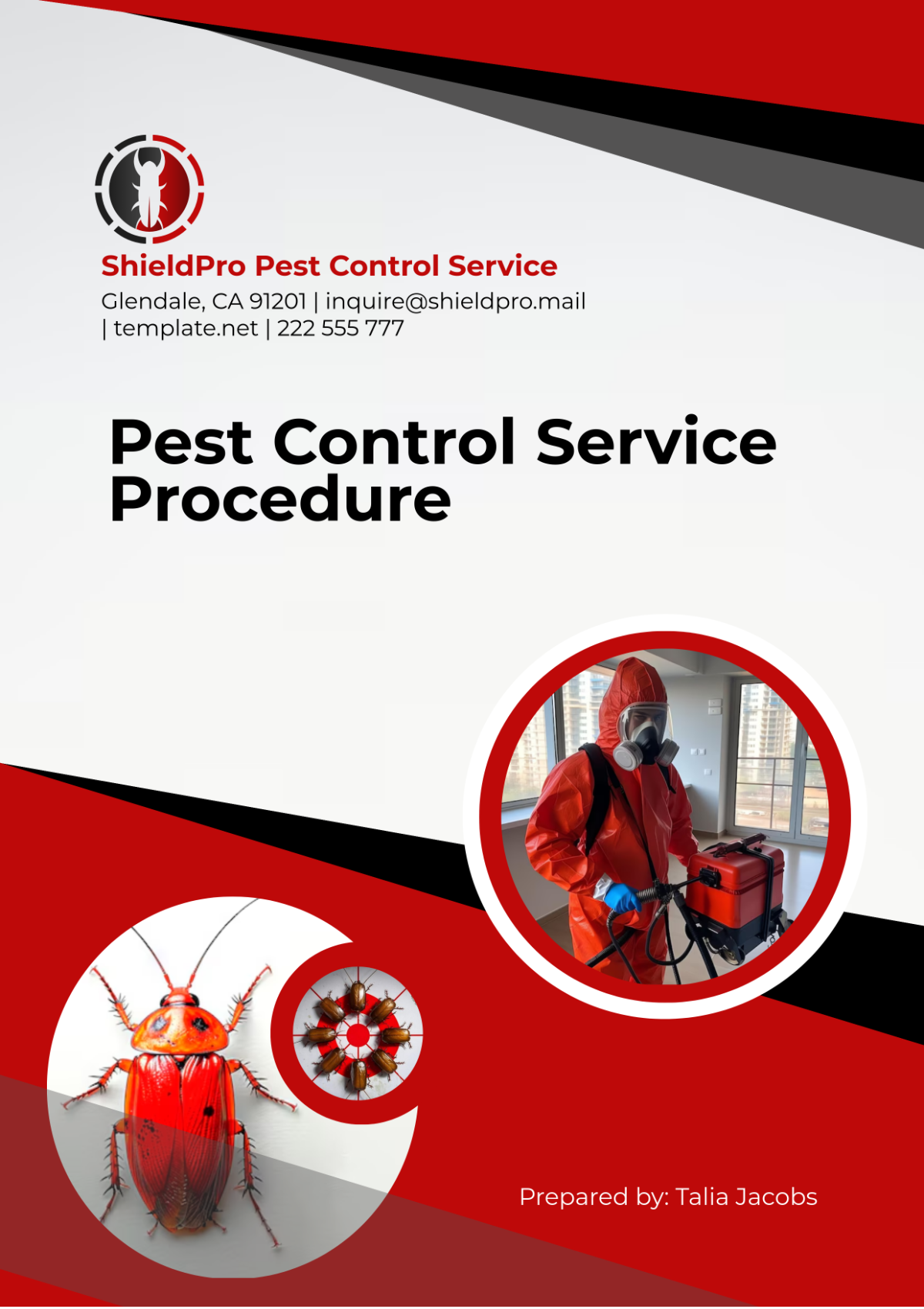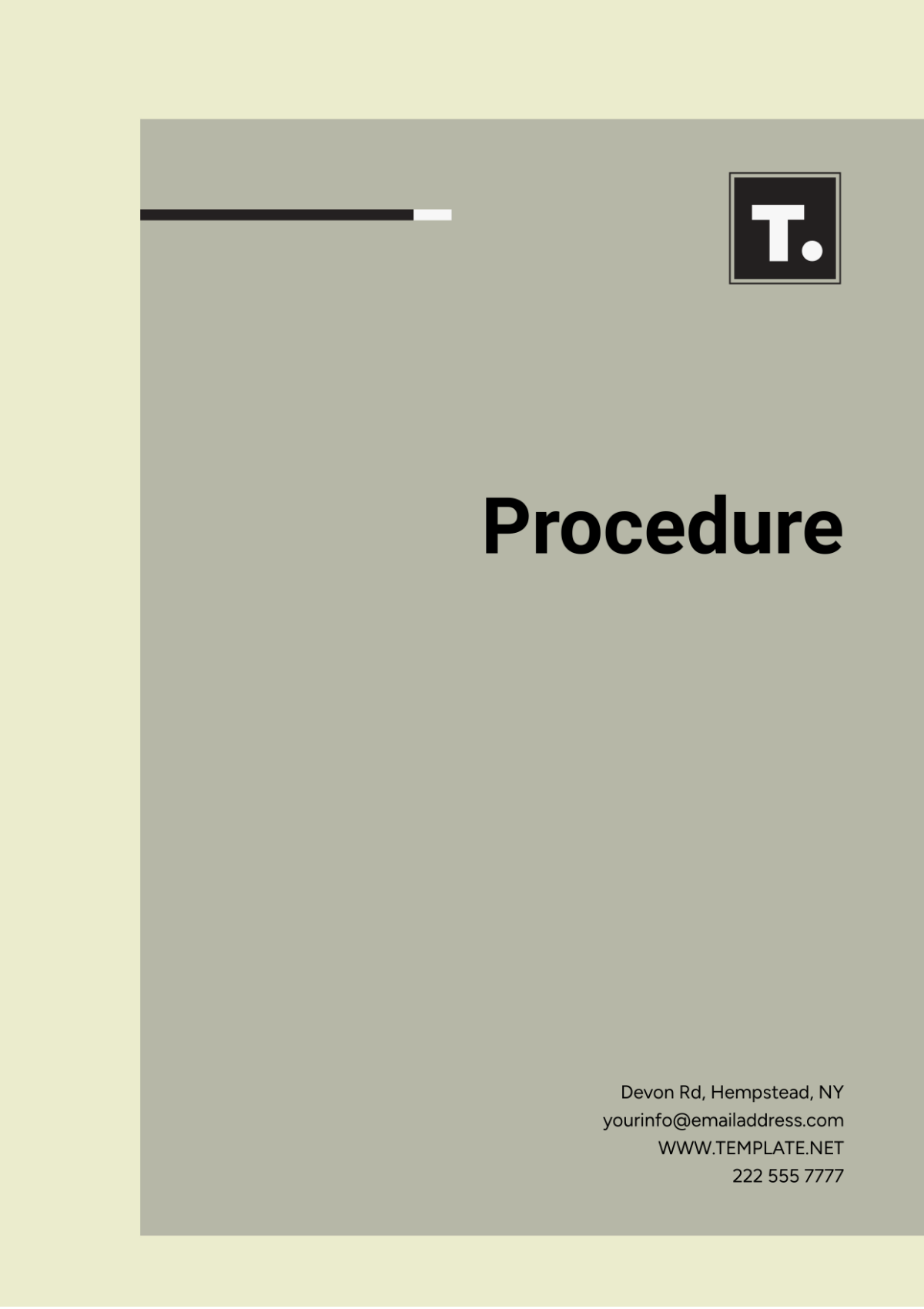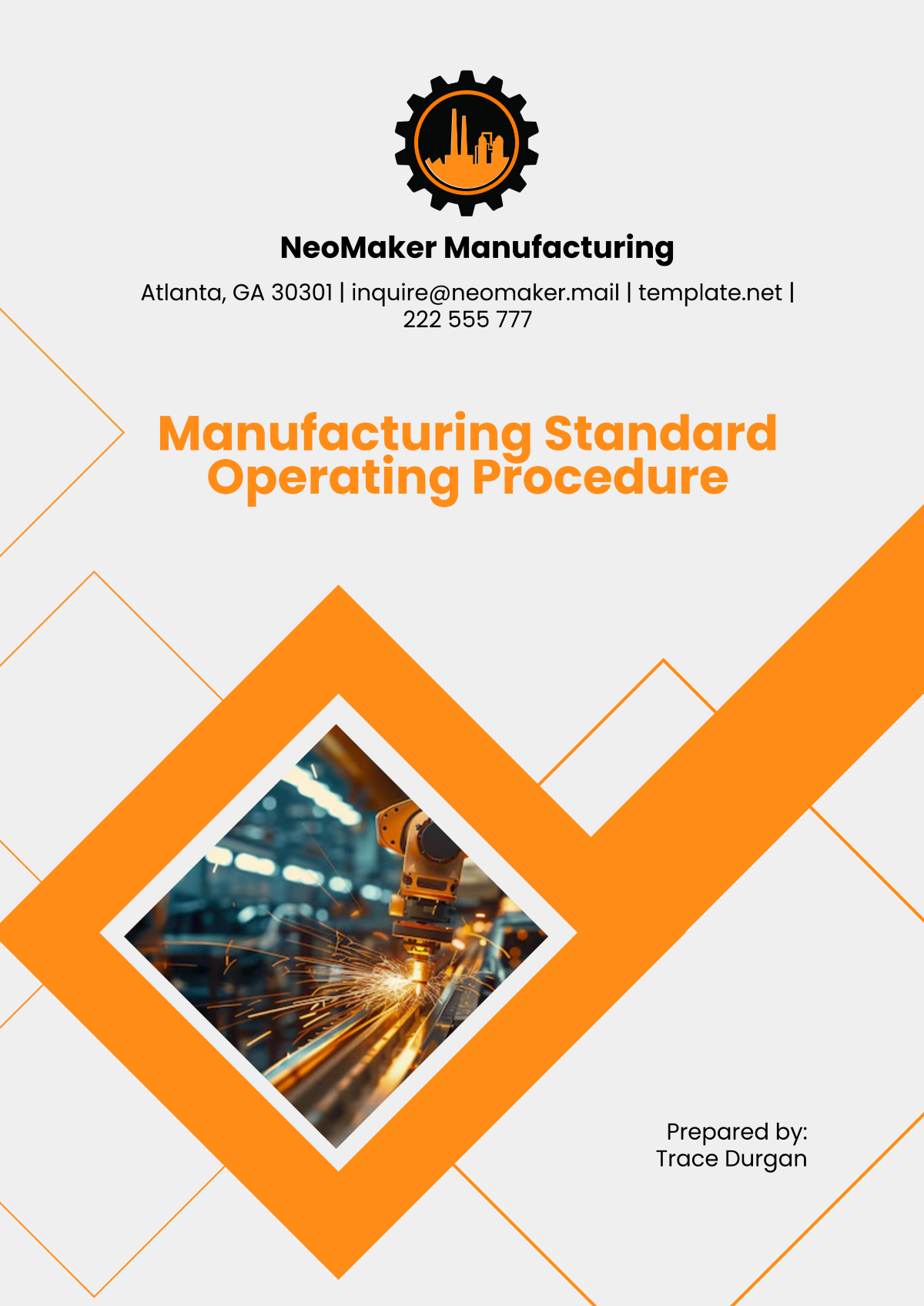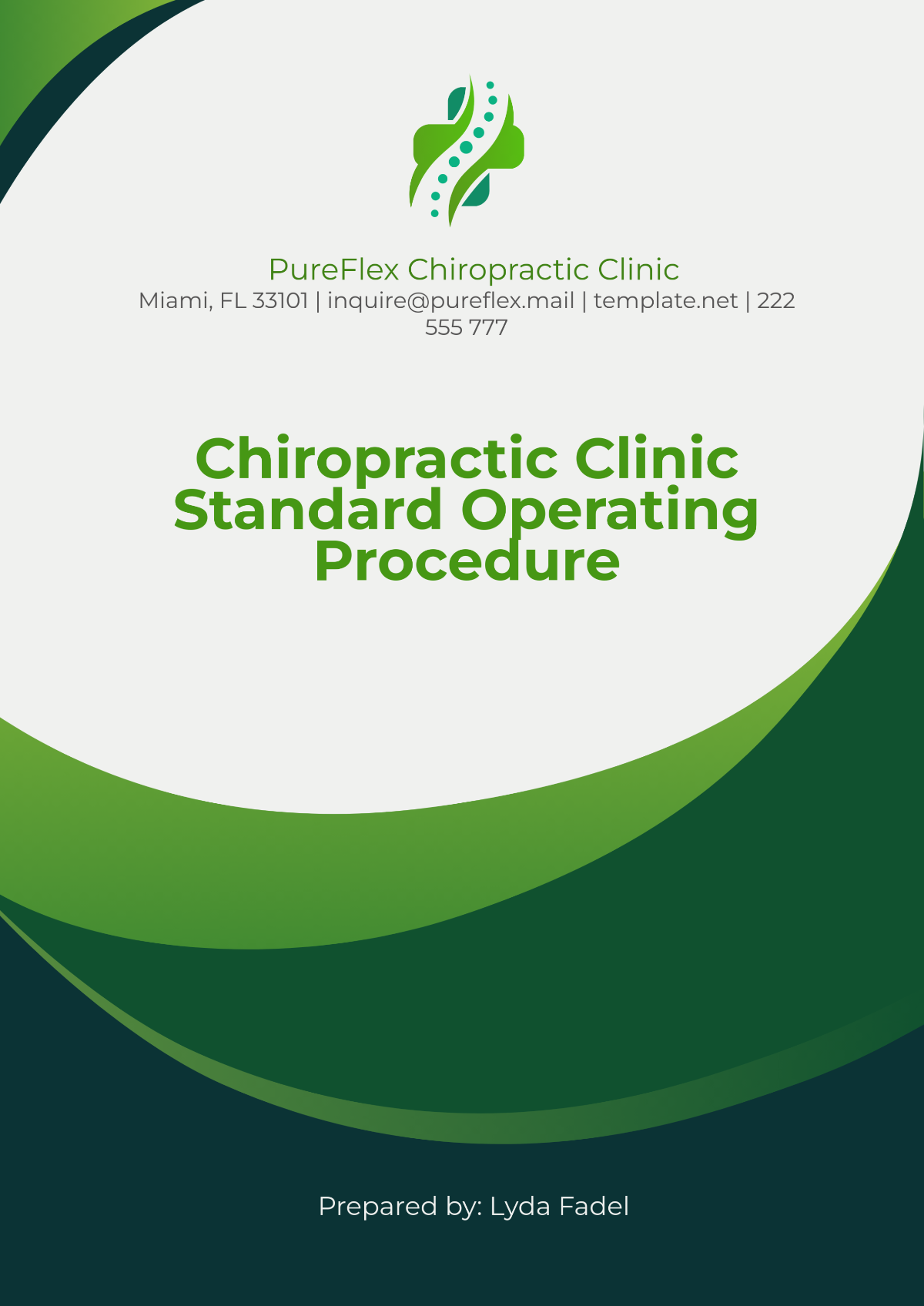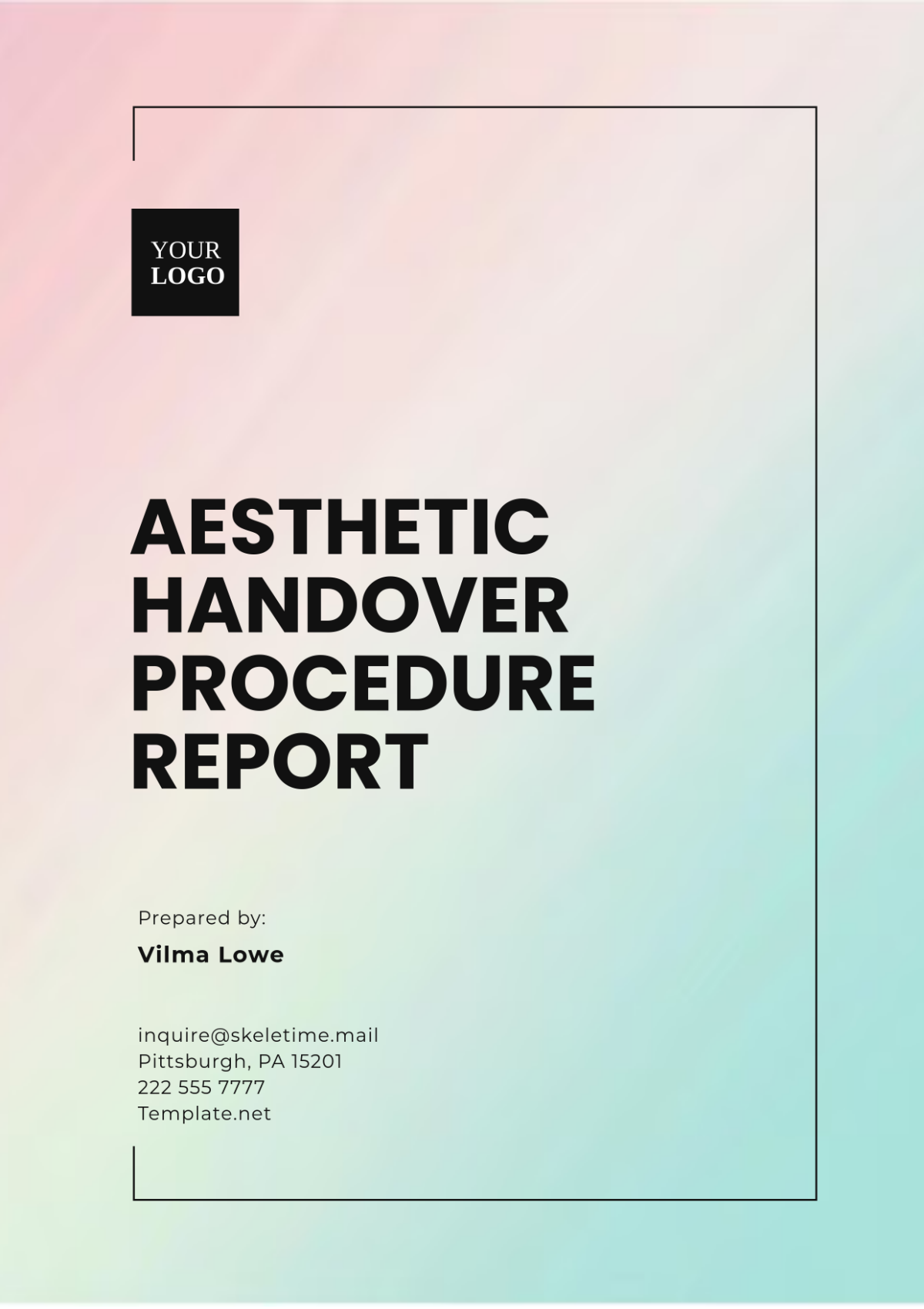School Maintenance Procedure
I. Introduction
Our School Maintenance Procedure outlines the guidelines and processes for maintaining our school facilities to ensure a safe and functional environment for students, staff, and visitors. This procedure covers preventive, corrective, and predictive maintenance practices to address maintenance needs promptly and efficiently.
II. Types of Maintenance
A. Preventive Maintenance
Preventive maintenance aims to prevent equipment failure or deterioration before it occurs. This includes:
Regular inspections of facilities and equipment
Lubrication of moving parts
Cleaning and replacing filters
Testing of safety systems
Scheduled servicing of equipment (e.g., HVAC, plumbing)
B. Corrective Maintenance
Corrective maintenance involves repairing or replacing equipment or facilities after a failure or breakdown. This includes:
Responding to maintenance requests and work orders
Repairing leaks, malfunctions, or damages
Replacing faulty equipment or components
Restoring functionality to facilities or equipment
C. Predictive Maintenance
Predictive maintenance uses data and technology to predict when maintenance should be performed. This includes:
Monitoring equipment performance using sensors and data analysis
Predicting equipment failure based on trends and patterns
Scheduling maintenance based on predictive analysis to prevent breakdowns
III. Maintenance Request Process
A. Submission of Maintenance Requests
When a maintenance issue is identified, individuals can submit a maintenance request through our designated channels. This typically involves filling out a form detailing the nature of the issue and its location. Requests can also be made via phone or email. Once a request is submitted, it is logged into our system for further action.
B. Prioritization of Requests
Upon receiving a maintenance request, our maintenance team assesses the urgency and impact of the issue. Requests are prioritized based on factors such as safety concerns, potential for further damage, and impact on school operations. High-priority requests, such as those involving safety hazards or critical equipment failures, are addressed promptly.
C. Notification and Follow-Up
After a maintenance request is submitted and prioritized, the requester is notified of the status of their request. This may include an estimated timeline for resolution or any additional information needed. Once the maintenance work is completed, the requester is notified of the resolution and any follow-up instructions, if necessary.
IV. Maintenance Scheduling and Execution
A. Scheduling of Tasks
Once maintenance requests are prioritized, tasks are scheduled based on their priority level and available resources. This involves creating a maintenance schedule that outlines when and where each task will be completed. Scheduling also takes into account the impact of maintenance work on school operations and the availability of facilities and equipment.
B. Execution of Tasks
Maintenance tasks are executed according to the schedule. This involves assigning tasks to maintenance staff or external contractors and ensuring that they have the necessary resources and equipment to complete the work. Tasks are carried out efficiently and safely, following all relevant procedures and guidelines.
C. Completion and Documentation
After maintenance tasks are completed, they are documented for record-keeping and future reference. This includes recording details such as the nature of the work, the materials used, and the time taken to complete the task. Documentation also includes any follow-up instructions or recommendations for future maintenance.
V. Budgeting and Resource Management
A. Budget Allocation
Our budget allocation for maintenance is based on a percentage of the overall school budget, with specific percentages allocated to preventive, corrective, and predictive maintenance. This ensures that we have adequate funds to address maintenance needs promptly and efficiently. Additionally, a contingency fund is set aside to cover unexpected maintenance costs or emergencies.
B. Resource Management
In managing resources for maintenance, we prioritize the allocation of materials, equipment, and manpower based on the urgency and impact of maintenance tasks. This involves regular inventory checks to ensure that we have sufficient supplies on hand and that equipment is well-maintained and in good working condition. Manpower is allocated based on the skills and expertise needed for each task, with training provided as necessary to enhance capabilities.
VI. Training and Development
Our staff training program includes regular workshops and seminars on maintenance best practices, safety procedures, and equipment operation. Training is conducted by qualified instructors and covers a range of topics relevant to maintenance work. The frequency and duration of training sessions are tailored to the needs of our maintenance staff, with refresher courses provided as needed.
Training Program | Frequency | Duration |
|---|---|---|
Safety Procedures | Annually | 1 day |
Equipment Operation | Bi-annually | 1 day |
Preventive Maintenance | Quarterly | 1 day |
Corrective Maintenance | As needed | 1 day |
Students and teachers are also trained to employ precautionary measures to prevent damage to facilities and equipment. This includes simple maintenance tasks such as keeping classrooms clean and reporting any issues promptly to the maintenance team.
VII. Review and Update Procedures
Our maintenance procedure is reviewed annually to assess its effectiveness and relevance. This review involves gathering feedback from stakeholders, evaluating maintenance records, and identifying areas for improvement. Updates to the procedure are made based on this review process to ensure that it remains current and aligned with best practices.






















